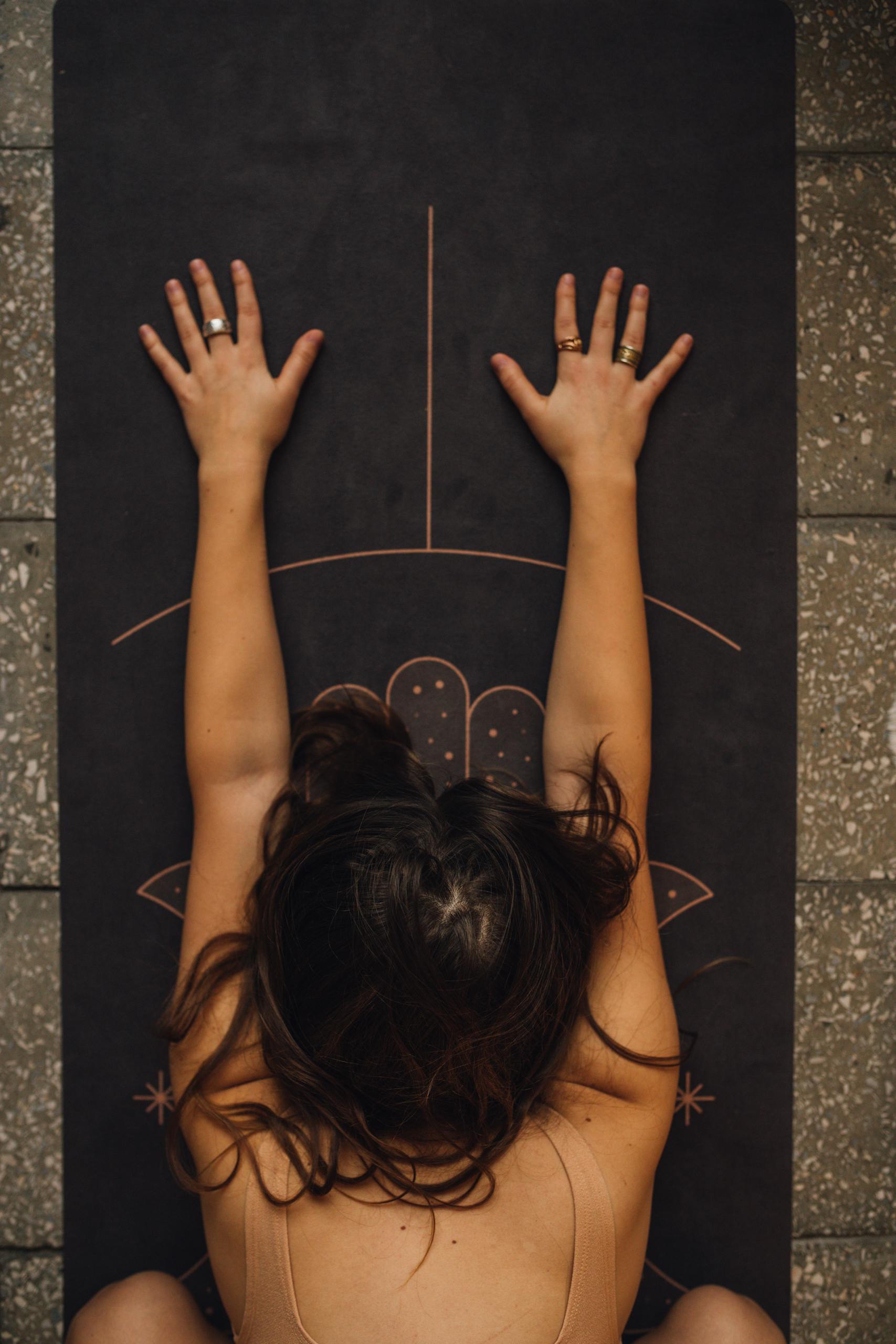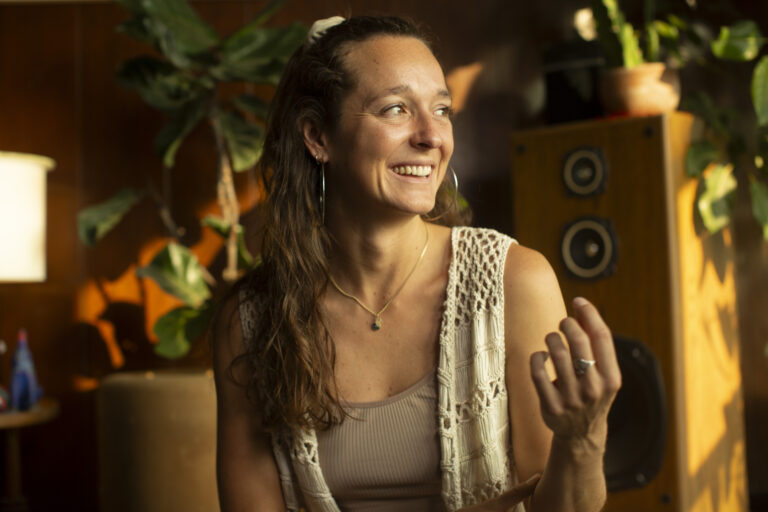The Origins & Evolution of Breathwork

- Introduction
- Ancient Foundations
- Breathwork in the 20th Century
Introduction
From ancient temples in India to sacred ceremonies in the Amazon, conscious breathing has been used for healing, transformation, and spiritual connection for thousands of years. What we now call “Breathwork” is rooted in this timeless wisdom—and has been reimagined in powerful ways over the past century.
In this article, we’ll journey through the rich history of Breathwork—from its ancient origins in yogic, shamanic, and mystical traditions to the groundbreaking discoveries of the 20th century that shaped the modern Breathwork movement. Along the way, we’ll explore why the breath is not just a tool—but a profound gateway back to ourselves.
Ancient Foundations
The Ancient Birthplace of Breath as a Path
“Breathwork” may feel like a modern wellness trend—but in truth, it has been part of humanity’s spiritual and healing journey for thousands of years. Across continents and cultures, the breath has always been more than just a biological function—it has been a sacred bridge between body, mind, and spirit.
From yogic disciplines in India to Taoist practices in China, ancient civilizations understood the power of conscious breathing to balance emotions, cultivate energy, and connect with something greater than the self. Today, science confirms what the ancients intuitively knew: that the breath can shift our inner state, regulate the nervous system, and unlock deep layers of healing and insight.
Let’s explore the deep roots of Breathwork, beginning in the East, where the breath was revered as a gateway to the divine.
Pranayama and the Yogic Science of Breath (India)
In India, conscious breathing has been practiced for millennia through the ancient system of Pranayama—a core component of the yogic path. Derived from the Sanskrit words prana (life force) and ayama (expansion or control), Pranayama encompasses a wide range of breathing techniques designed to awaken energy, quiet the mind, and prepare the body for higher states of consciousness.
Rooted in the Ayurvedic and Vedic traditions, Pranayama was seen not only as a tool for physical wellbeing, but as a spiritual technology. Ancient texts speak of dozens of different breathing techniques, each serving a unique purpose—from cultivating inner stillness to igniting fire within.
Yogis used breath to enter meditative states, purify the energetic body (nadis), and experience unity with the cosmos.
The Breath of Tantra: Sacred Energy, Embodiment, and Union
Alongside classical yoga, Tantra also placed profound emphasis on the breath—but in a very different, more embodied way. Rather than seeking to transcend the body, Tantra teaches us to enter it fully—using breath as a vehicle to awaken kundalini energy, expand pleasure, and deepen presence.
In Tantric rituals, breath is used to circulate energy through the chakras, dissolve blocks, and bring awareness into every cell of the body. It becomes a sacred rhythm that anchors us into the now—a dance between the feminine and masculine, stillness and movement, self and other.
Where Pranayama often aims for liberation through discipline, Tantric breathwork invites liberation through sensation, connection, and surrender. Both traditions, though different in flavor, ultimately point toward wholeness.
This is a beautiful collection of cultural wisdom, Antonia! I’ve lightly edited and elevated the tone while keeping it accessible, poetic, and accurate. Here’s a refined version you can use directly in your blog post:
Breathwork in Taoist Traditions: Ancient China
In ancient China, the power of the breath was deeply embedded in the Taoist path to balance, longevity, and spiritual harmony. Practices like Qigong and Tai Chi use breath in combination with movement and intention to cultivate Qi—the vital life force believed to flow through all living things.
These practices teach that by breathing with awareness, one can harmonize the internal organs, calm the mind, and connect with nature’s rhythms. Breath becomes not just a function of life, but a sacred medicine—a tool to restore vitality, clarity, and presence.
The Breath of the Ancestors: Indigenous Traditions Across the Globe
Long before “Breathwork” had a name, indigenous societies across South America, Africa, Australia, and beyond were using breath in ceremonial and healing contexts.
In shamanic traditions, breath is often used to enter trance states, connect with the spirit world, and release trauma from the body. In Australia, Aboriginal peoples have long played the didgeridoo, a wind instrument that requires circular breathing—a powerful method of sustaining sound and breath simultaneously, often used to alter consciousness and aid in healing rituals.
In these traditions, breath is seen as a portal—a way to journey beyond the physical, to uncover wisdom, and to commune with ancestral energies. It’s a form of somatic prayer, guiding the body and soul through layers of transformation.
Breath, Spirit & “Phren”: The Wisdom of Ancient Greece
Even in ancient Greece, breath was revered as more than mere air—it was a link between the mind, body, and soul. The Greek word phren referred both to the diaphragm and the mind, illustrating their understanding of the intimate connection between breath and thought, emotion, and spirit.
Philosophers like Aristotle wrote about the role of breath in maintaining health and emotional balance. Though their techniques differed from the structured pranayama of India, the Greeks recognized that how we breathe shapes how we feel, think, and live.
Breath and Spirit in the Bible
The connection between breath and spirit is also found throughout the Bible. In the Book of Genesis, God breathes life into Adam, animating the first human being. In the New Testament, Jesus breathes on his disciples and says, “Receive the Holy Spirit”—a moment that symbolizes the passing of divine essence through breath.
The Hebrew word ruach and the Greek pneuma both mean breath, wind, and spirit—reminding us that in many ancient traditions, the breath was seen as the very substance of life and soul.
Breathwork in the 20th Century
From Psychedelics to the Power of the Breath
While ancient cultures viewed the breath as sacred for millennia, it wasn’t until the 20th century that Western psychology began to rediscover its transformative power. The breath became a doorway again—this time not just for spiritual seekers, but for those searching for healing, integration, and altered states of consciousness beyond the limits of talk therapy.
Stanislav Grof and the Birth of Holotropic Breathwork
In the 1960s and 70s, Stanislav Grof, a psychiatrist and pioneer of psychedelic therapy, was at the forefront of this movement. His early work with LSD-assisted psychotherapy showed how altered states could bring about deep healing, emotional release, and even mystical experiences. But when LSD was made illegal, Grof was faced with a crucial question:
How can we access these powerful inner states—legally, safely, and without substances?
Together with his wife Christina Grof, he developed Holotropic Breathwork: a method combining conscious connected breathing, evocative music, bodywork, and a safe, supportive space to access expanded states of consciousness.
The word Holotropic comes from the Greek words holos (whole) and trepein (moving toward), and reflects the core philosophy of the practice: that deep within us, there is an innate wisdom guiding us toward wholeness.
Holotropic Breathwork is not just a technique—it’s a journey. A container for catharsis, insight, spiritual awakening, and deep self-exploration. It draws from transpersonal psychology, which sees our healing not only in terms of personal biography, but also our connection to the collective, the ancestral, and the archetypal.
Leonard Orr and Rebirthing Breathwork
Around the same time, Leonard Orr was exploring the power of the breath from a different angle. Through his own spontaneous experiences in the bathtub, he discovered that connected circular breathing could unlock early life trauma—especially from birth.
This became the foundation of Rebirthing Breathwork, a practice focused on healing the imprints and unresolved emotions from our birth experience and early childhood. Orr believed that birth was often our first trauma—and that by returning to it through the breath, we could free ourselves from unconscious patterns we’d carried for a lifetime.
Rebirthing emphasized the breath as a cleansing force, capable of dissolving limiting beliefs, emotional blocks, and even physical symptoms. It brought the body into the healing process in a way traditional psychotherapy often overlooked.
A Fusion of Psychology, Spirituality, and Somatic Wisdom
Both Grof and Orr opened the doors for a new wave of breath-based therapies—integrating Eastern wisdom with Western psychology, and giving rise to the broader movement we now call “Breathwork.”
Their work laid the foundation for many of today’s popular modalities—from Integrative Breathwork to Biodynamic, Transformational, and Trauma-Informed Breathwork approaches. Each draws from this rich lineage of modern pioneers while honoring the timeless truth:
The breath is our most intimate teacher. A bridge between the conscious and the unconscious. A path home to the body, the soul, and something greater.




